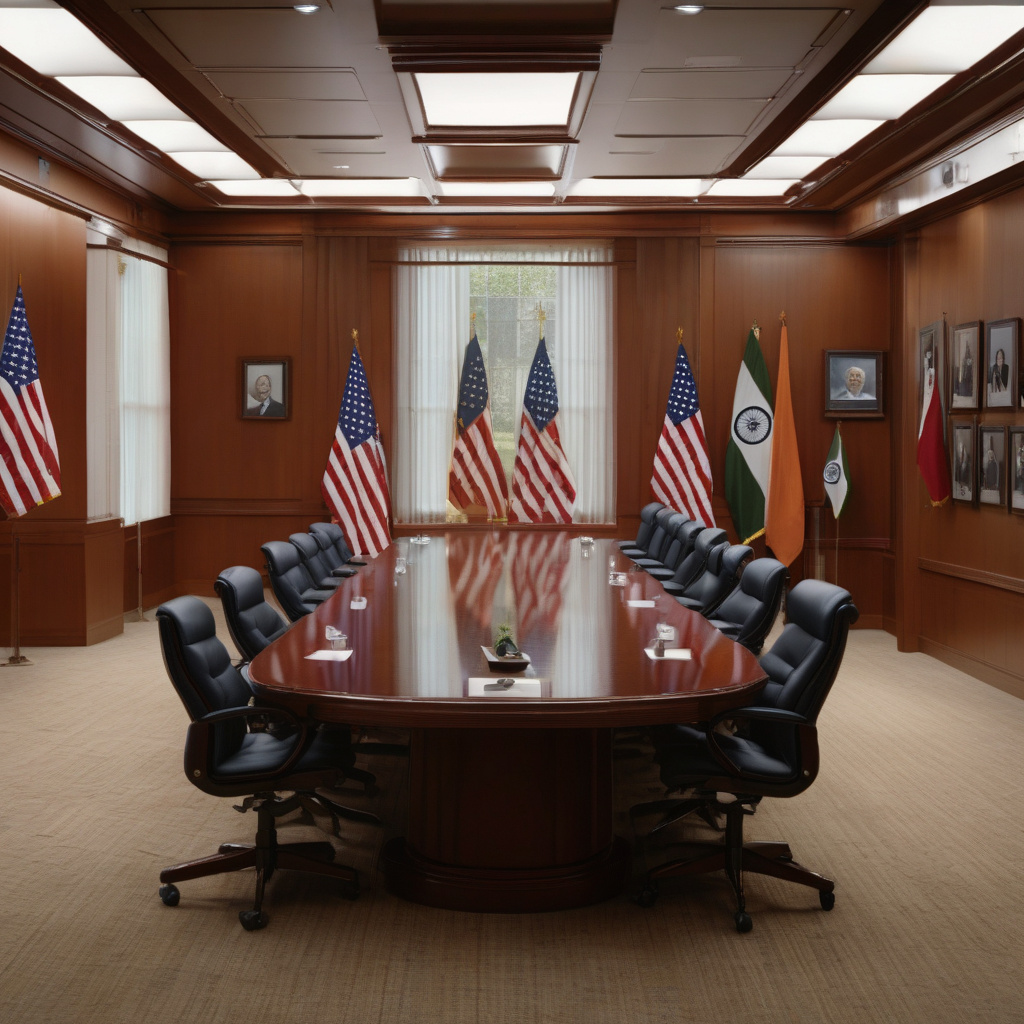US-India Trade Negotiations: Navigating Turbulent Waters of Tariff Disputes
The trade negotiations between the United States and India have reached a critical juncture as Washington urges New Delhi to implement broader tariff reforms. The push for change comes amidst escalating tensions over trade imbalances and market access restrictions. However, the path to reaching a consensus is riddled with political and economic challenges, making sweeping reforms a daunting prospect.
Tariffs have long been a sticking point in the trade relationship between the two countries. The United States has raised concerns about India’s high tariffs on certain goods, which it argues creates an uneven playing field for American businesses. In response, Washington has been pressuring India to lower its tariffs and open up its markets to facilitate smoother trade flows.
The recent call for broader tariff reforms is a clear signal of the United States’ stance on the issue. By pushing for more extensive changes, Washington aims to address deep-rooted trade barriers that have hindered the bilateral economic relationship. However, implementing such reforms is easier said than done, given the complex web of economic interests and political considerations at play.
India, for its part, faces its own set of challenges in navigating the negotiations. The country’s domestic industries are wary of sudden tariff reductions, fearing an influx of foreign competitors that could threaten their market share. Additionally, any move to lower tariffs is likely to be met with resistance from political factions that champion protectionist policies to safeguard local businesses.
The delicate balance between economic liberalization and domestic protectionism complicates the path forward for India. While the government acknowledges the need for trade reforms to boost economic growth and attract foreign investment, it must also tread carefully to avoid backlash from key stakeholders. Finding common ground that satisfies both domestic interests and international pressure is no easy feat.
Moreover, the timing of the negotiations adds another layer of complexity to the situation. The global economic landscape remains uncertain, with ongoing trade tensions and the lingering effects of the pandemic casting a shadow over recovery efforts. In such a volatile environment, the stakes are higher, and any misstep in the negotiations could have far-reaching consequences for both countries.
As the US-India trade talks intensify over tariff disputes, finding a mutually beneficial solution is imperative. Both sides stand to gain from a more open and transparent trade relationship that fosters growth and innovation. However, achieving this goal requires a delicate balance of compromise, strategic planning, and diplomatic finesse.
In conclusion, the road to resolving tariff disputes between the United States and India is fraught with challenges and uncertainties. While the push for broader reforms signals a step in the right direction, the path to implementation is paved with obstacles that must be navigated with care. As the negotiations unfold, both countries must work towards a solution that promotes economic prosperity and strengthens their bilateral ties.
US-India, Trade Negotiations, Tariff Disputes, Economic Challenges, Market Access Restrictions
